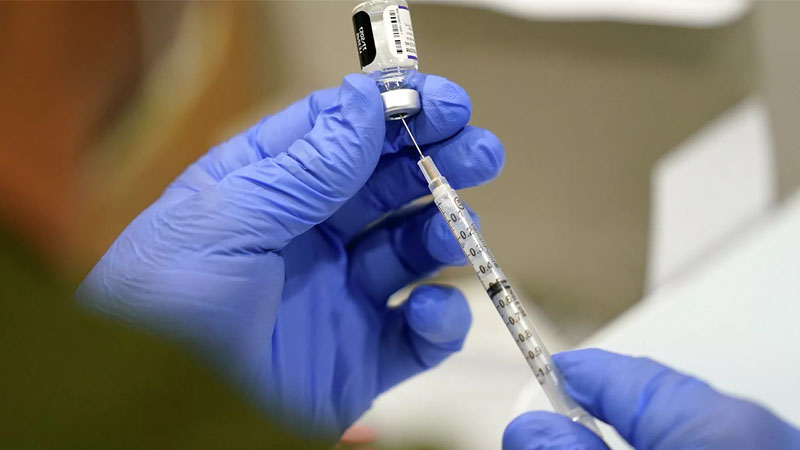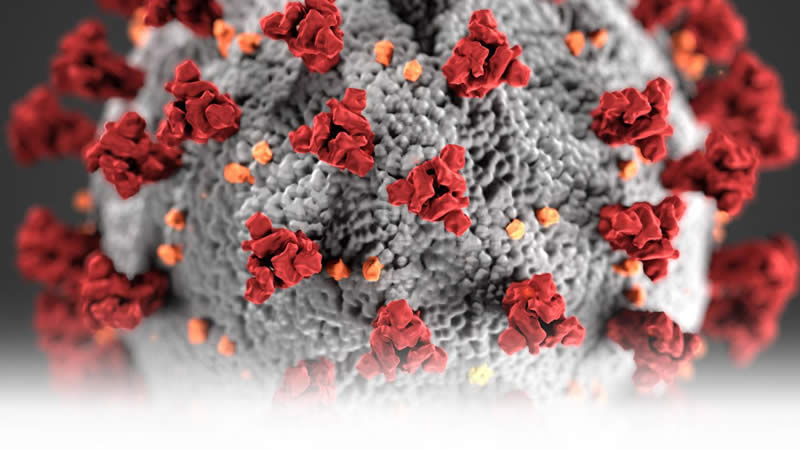More than five years since COVID-19 was declared a global pandemic, new variants of the SARS-CoV-2 virus continue to emerge, with the latest, LP.8.1, gaining ground in several countries.
LP.8.1, an offshoot of the Omicron family, was first detected in July 2024 and has since seen steady growth. In New South Wales, Australia, it now accounts for nearly 20% of COVID-19 cases. In other regions, such as the United Kingdom and the United States, it has become even more dominant, responsible for around 60% and 55% of cases, respectively.
More: 5 Easy Tricks That Melt Pounds Without a Single Workout
A descendant of KP.1.1.3 and ultimately JN.1 — the subvariant that drove significant waves in late 2023 and early 2024 — LP.8.1 was officially classified as a “variant under monitoring” by the World Health Organization (WHO) in January. This classification indicates that the variant has mutations that may enhance its ability to spread, although it has not yet been labeled a variant of interest or concern, according to SBS.
One mutation, V445R, located in the spike protein, is thought to increase the virus’s ability to bind to human lung cells, potentially making it more transmissible. However, the WHO currently assesses LP.8.1’s additional public health risk at a global level as low.

Importantly, there’s no evidence so far that LP.8.1 causes more severe symptoms than existing variants. Current vaccines, including the updated JN.1 formulations, are expected to remain effective in protecting against symptomatic and severe disease caused by LP.8.1.
Despite this, COVID-19 remains a persistent public health concern. In Australia alone, close to 45,000 new cases have been recorded so far this year, with around 260 people currently hospitalized. Experts caution that the real number of infections is likely much higher due to underreporting and reduced testing.
More: Constant Hand-Wringing Could Be a Sign of Dementia, Experts Warn
LP.8.1 is now the third most dominant variant in New South Wales, trailing behind XEC and KP.3, and it continues to rise. Globally, sequences of LP.8.1 recorded in the GISAID tracking database jumped from just 3% at the end of 2024 to 38% by mid-March 2025.
While there is no immediate cause for alarm, experts urge continued vigilance. “Variant under monitoring” doesn’t mean harmless, and with COVID-19’s ongoing evolution, vaccination and monitoring remain key tools in minimizing its impact, especially for vulnerable populations.
READ NEXT:
- Scott Disick Breaks Silence on Most Unbelievable KUWTK Moment: ‘I Regret That’
- Trump Rejects Tax Plan, Claims Millionaires Will Bolt to Other Nations
- Royal Expert Says Prince Harry’s Behavior Is Tearing the Monarchy Apart
- Ben Affleck and Jennifer Lopez Reportedly Clash Over Selling $68 Million Mansion
- Whoopi Goldberg Explodes Over Trump’s $5K Birth Plan: ‘Do You Know How Bodies Work?’

